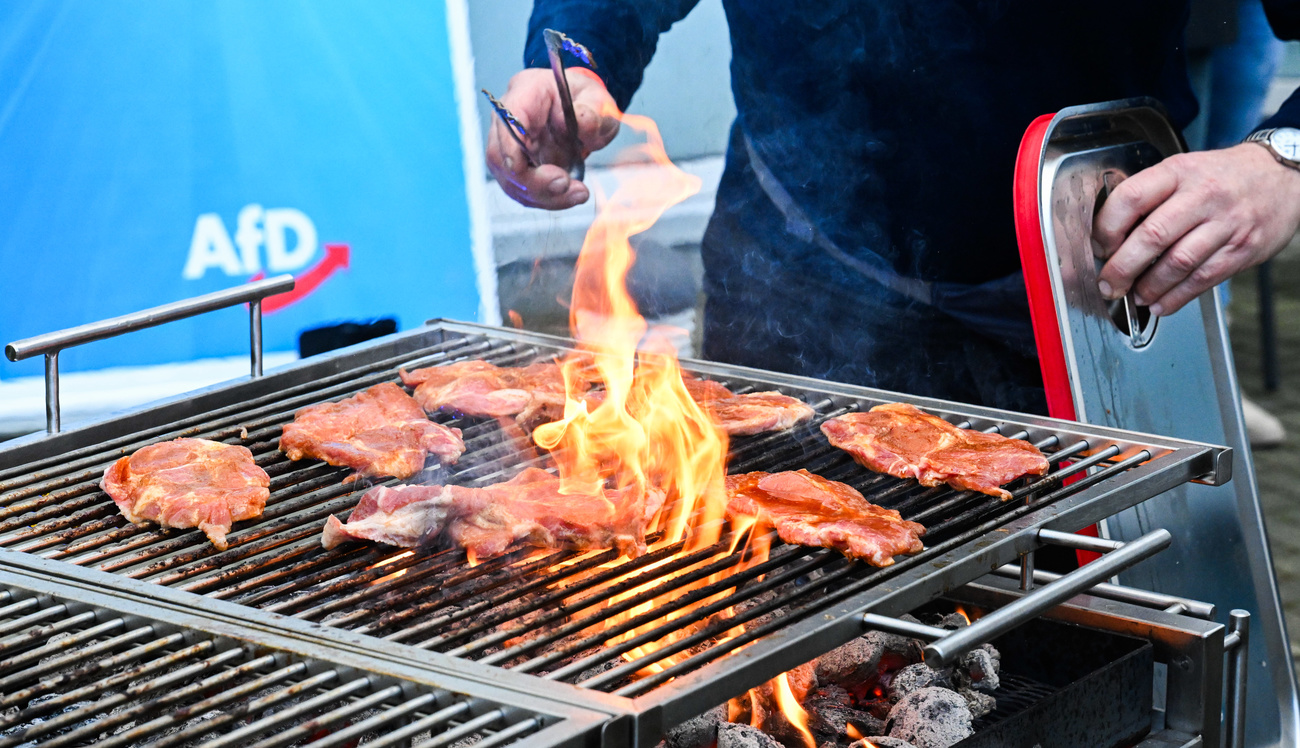Late winter results in fewer avalanche victims

Thirteen people have died in avalanches in Switzerland so far this winter, a third less than the 20-year average of 19 deaths a year and almost half the 25 victims last year.
A late winter and safer skiing areas were reasons given by experts for the decrease.
The snow only really arrived at the end of December, according to the Institute for Snow and Avalanche Research in Davos, and skiers didn’t venture outside the pistes which had been covered in artificial snow.
It wasn’t until the big snowfalls in January and February that people started ski-touring and skiing off-piste – activities that are often dangerous. Fresh snow landing on top of the snowpack greatly increased the risk of avalanches in northern Switzerland and the French-speaking part of the country.
In the south and east the snowpack was even less stable, with the situation only normalising in March. The first avalanche death was reported on October 24 on Piz Palü in the eastern canton of Graubünden.
Not yet over
However, the experts warned that the season was not yet over and the number of deaths could rise. The statistics are calculated according to the hydrological year, which ends on September 30. The 20-year average for the entire year is 23 deaths.
Over the Easter weekend, at least five people died in the mountains, two in avalanches: a ski tourer in Ulrichen, canton Valais, and a ski tourer in Lenk in the Bernese Oberland.
REGA, the Swiss Air Rescue Service, said it had been called into action 150 times between Good Friday and Easter Monday, with half of the cases involving winter sports. This was more or less normal, it added.

In compliance with the JTI standards
More: SWI swissinfo.ch certified by the Journalism Trust Initiative












You can find an overview of ongoing debates with our journalists here . Please join us!
If you want to start a conversation about a topic raised in this article or want to report factual errors, email us at english@swissinfo.ch.